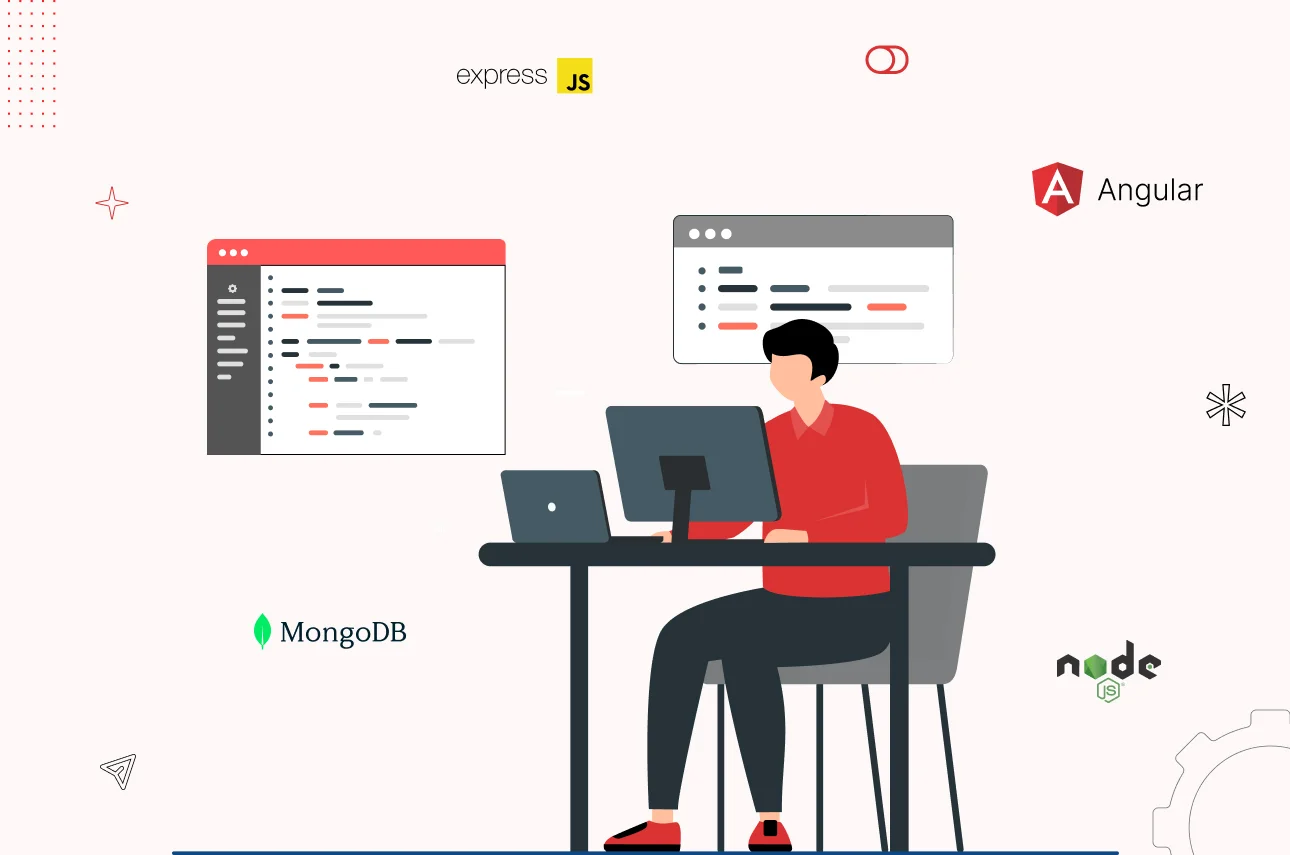Introduction
In the ever-evolving realm of web development services, the architectural choices behind software can dictate the pace and direction of growth. Historically, developers leaned heavily towards the monolithic architecture approach, where applications were conceived around a single, tightly coupled codebase paired with its database and deployment mechanisms. This design, though apt for simpler and more compact applications, struggled to remain efficient as applications expanded and complexities multiplied.
This inherent limitation gave rise to the modular application development approach. As the name suggests, this method banks on a loosely coupled codebase, broken down and organized into distinct groups or ‘modules’. Such modular application architecture is not just about the organization but also about scalability, flexibility, and manageability.
Enter the MEAN Stack. Pioneering a new age in web development services, MEAN Stack has emerged as a game-changer. By offering a comprehensive set of tools and methodologies, MEAN stack development services are reshaping the foundational elements of how business applications are conceptualized, designed, and deployed. With this piece, we delve deep into the heart of this transformation, exploring how the MEAN Stack propels developers from the age-old monolithic designs to the dynamic world of modular application development.








